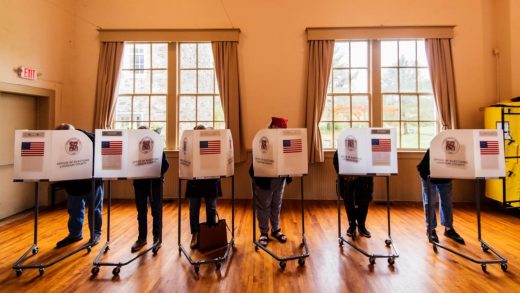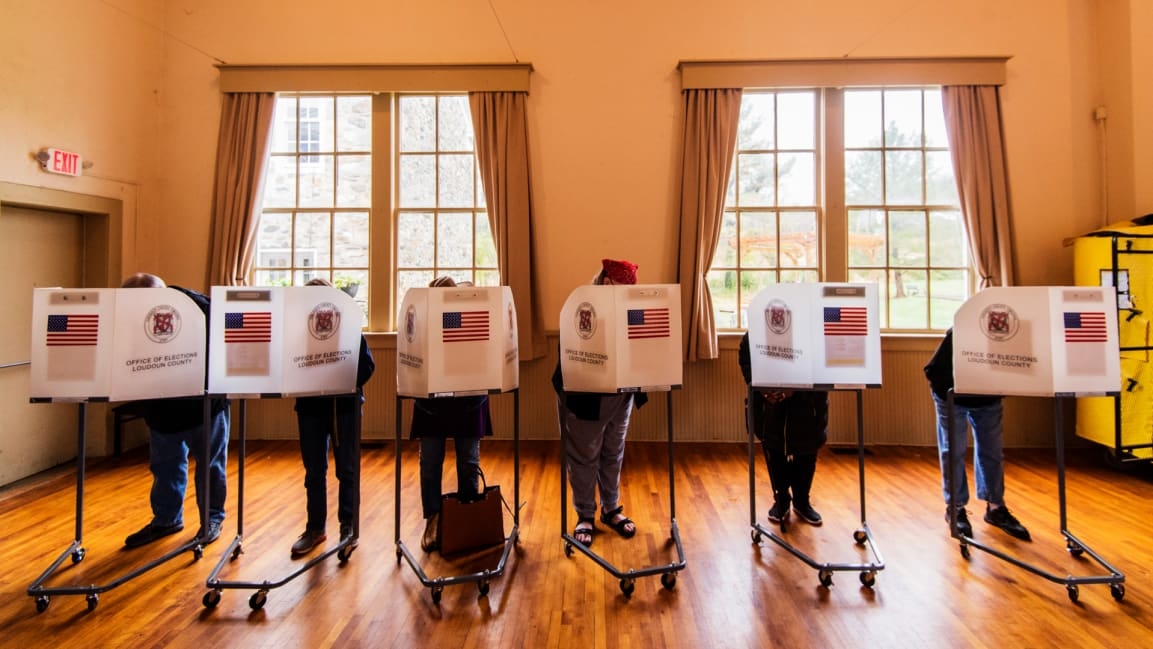What is ranked choice voting, anyway? We break down the pros and cons as NYC mulls a big change
Life is about choices, but often more than one. When it comes to voting, it’s one and done.
New York City might change that for local elections.
A ballot initiative Big Apple residents are voting on today asks them to decide whether they’d like ranked-choice voting, which lets voters pick candidates in their order of preference on their ballots.
Under this system, called RCV for short, a candidate who garners more than 50% of the vote is the winner. But if no politician gets that much, the person with the fewest votes gets eliminated, and the second-choice votes on ballots for that person are redistributed to the surviving candidates. This elimination-reshuffling continues over and over until one politician gets more than 50%.
A number of cities around the United States have already used RCV, including San Francisco, Minneapolis; Sante Fe, New Mexico; Berkeley, California; and Takoma Park, Maryland, according to Fair Vote, a nonpartisan electoral-reform group.
RCV forces politicians “to reach beyond tribal bases to build consensus across a broad range of constituencies. As a result, elected representatives more accurately reflect the will of the people rather than a patchwork of voting blocs,” the watchdog group Common Cause New York says on its website.
The organization also says RCV can lead to more candidates of color winning elections.
RCV, also known as instant-runoff voting, has some issues, though. One problem, highlighted in the City Charter Revision Commission’s preliminary report in April, is the possibility of what’s called ballot exhaustion, which happens when all of a voter’s candidate choices have been eliminated
“Exhausted ballots are generally discarded and do not count toward final vote tallies,” the report says. “If a relatively high number of ballots are exhausted in an election, it can undercut the legitimacy of that election or, just as problematic, public perception of its legitimacy.”
Another potential problem is voter confusion, because many people aren’t used to RCV and wouldn’t know how to fill out ballots correctly.
But Rank the Vote—an organization advocating for RCV for mayor, comptroller, public advocate, borough presidents, and city council in primary and special elections starting in 2021—points out there’s a financial advantage.
“New Yorkers will only have to vote once in primary elections, instead of having to come back for additional runoff elections if no candidate gets a majority of the vote,” the group’s website explains. “People’s second choices will be counted instantly instead of weeks later, saving time and taxpayer money.”
Curious? You can read all about the ballot initiative here.
(30)



